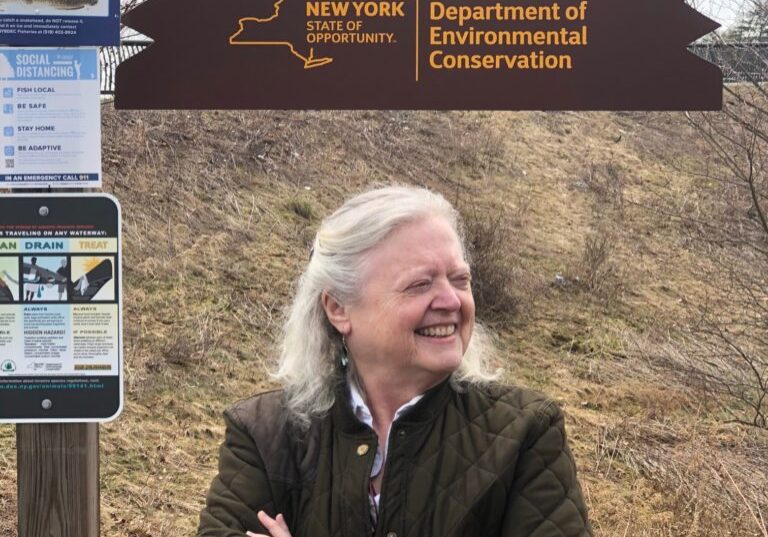
141 acres in New Jersey watershed that feeds Delaware Bay are preserved
| July 4, 2024
More than 140 forested acres in Gloucester County, N.J., in a watershed that feeds into the Delaware Bay have been permanently protected from development as part of a joint effort by multiple conservation organizations and state and municipal governments.
The effort, led by South Jersey Land and Water Trust, will prevent the deforestation of an ecologically important property as well as preserve quality wildlife habitat and clean drinking water, officials said.
The trust and New Jersey Conservation Foundation in May bought the property for $750,000 using grant money through the New Jersey Department of Environmental Protection’s Green Acres Program.
The trust will own and manage the property, which will be open to the public for passive recreation and activities related to environmental education.
The property, which fronts Main Road and Tuckahoe Road in Franklin Township, belonged to the Louis Schipani Estate and William Hallissey.
This property is in the Scotland Run watershed, which is part of the Maurice River watershed, which feeds the Delaware Bay.
Additional funding for the purchase of the land came from DEP’s Office of Natural Resource Restoration and Franklin Township. Natural Lands, a nonprofit organization based in Pennsylvania, also contributed to the costs associated with acquiring the property.
The property is part of a core forest that spans the central portion of Franklin Township into Monroe Township and serves as a significant forest connector.
The property is close to the DEP’s White Oak Branch Wildlife Management Area, which serves as a habitat for bald eagle, red‐shouldered hawk, barred owl, Northern pine snake, Cooper’s hawk, great blue heron, sharp‐shinned hawk, wood thrush and worm‐eating warbler.
The property is also a high point of the Maurice River Watershed where headwaters converge and create streams that feed the Maurice River, which is federally designated as part of the National Wild and Scenic Rivers System.
“Having this contiguous forest is a tremendous asset for the region,” said Rob Ferber, New Jersey Conservation Foundation’s regional manager for the Delaware Bay Watershed. “This beautiful, natural carbon sink improves air quality by absorbing carbon dioxide from the atmosphere and, together with other forests, farmlands, and wetlands across the state, can offset a portion of New Jersey’s greenhouse gas emissions.”



![DC_Image [Image 4_Assunpink Meets Delaware] meets Delaware The Assunpink Creek on its its way to meet the Delaware River. The creek passes through woods, industrial and commercial areas and spots both sparkling and filled with litter.](https://delawarecurrents.org/wp-content/uploads/bb-plugin/cache/DC_Image-4_Assunpink-meets-Delaware-1024x768-landscape-14f069364113da5e8c145e04c9f2367c-.jpg)



